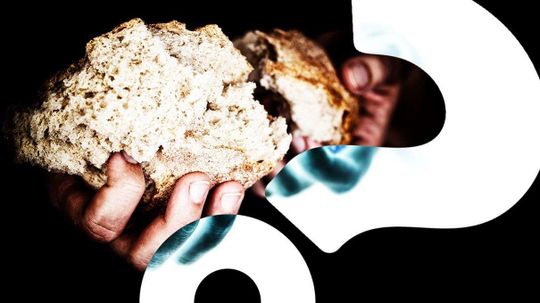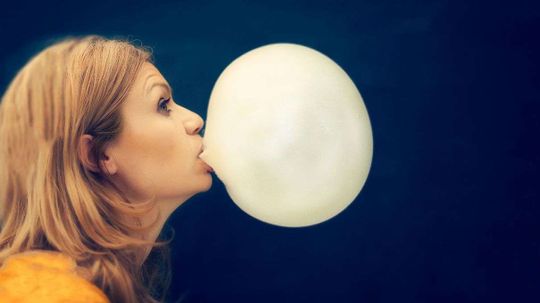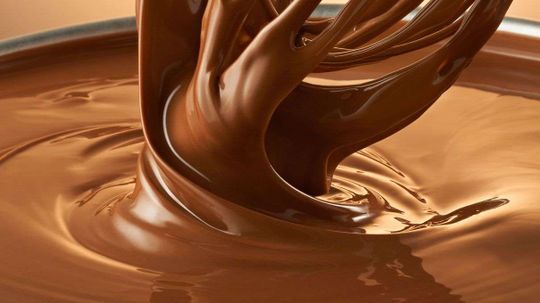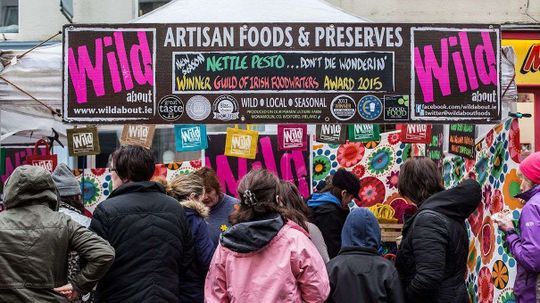Food and Recipes
Here is a place for you to play with your food -- literally: enjoy, have fun with and celebrate food -- but don't worry, we'll still help you get dinner on the table every night.
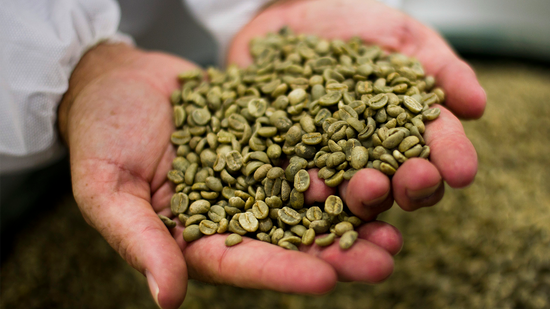
Want a Perfect Cuppa Joe? Roast Your Own Coffee Beans
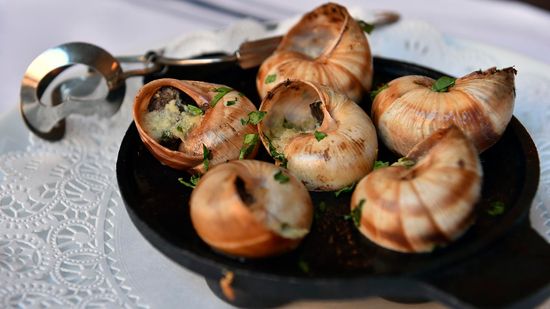
How Escargot Evolved From Snail Snack to Treat for the Elite
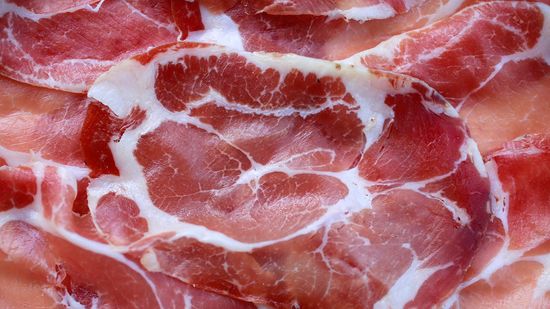
Capicola: The Italian Dried Meat Tony Soprano Called 'Gabagool'
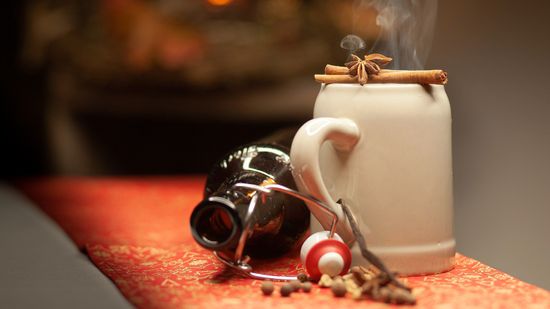
Spread Holiday Cheer With a Good Mulled Beer
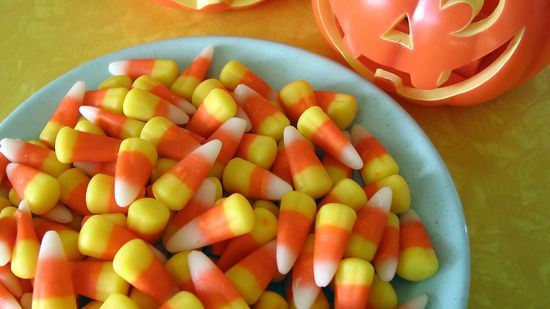
What Is Candy Corn and How Is It Made?
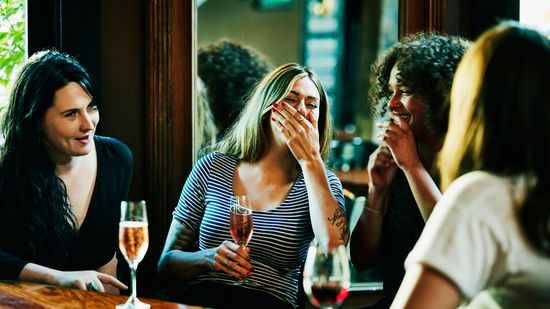
Why Restaurants Are So Loud These Days
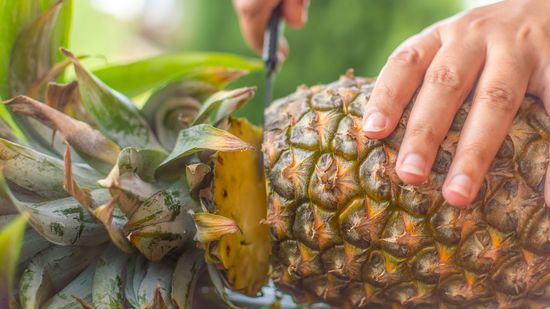
How to Cut a Pineapple in 4 Easy Steps
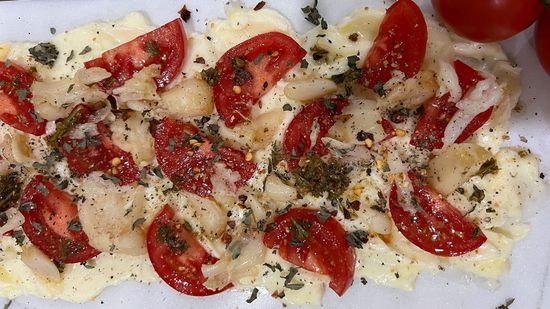
Butter Boards Are Creaming Charcuterie Spreads This Season

5 Ways to Open a Can Without a Can Opener
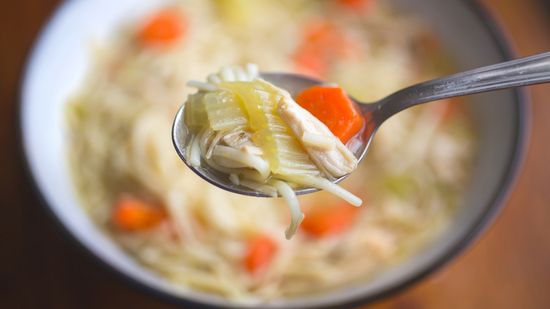
Does Chicken Soup Really Help When You're Sick?

5 Fall Foods You Can Forage in Your Own Neighborhood
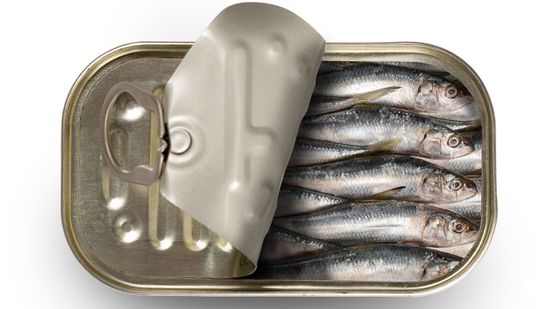
Sardines: The Stinky Little Fish You Should Be Eating

What Is a Group of Bananas Called? A Bunch Isn't What You Think
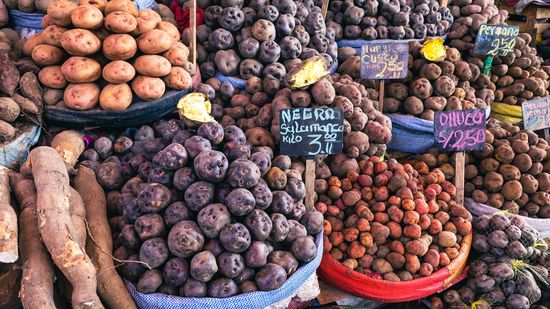
Where Do Potatoes Originate From? Not Ireland
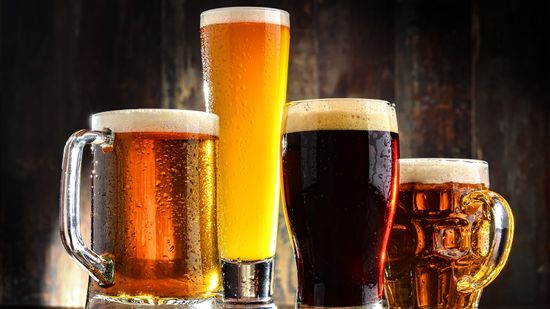
What's the Best-selling Beer in the World? Not Budweiser
Learn More / Page 16
That loaf of bread could help to reduce the overall cost of space travel. Really.
A new study says eating pasta may help you lose weight. We were skeptical too - until we looked at the evidence.
Advertisement
Scientists have discovered a delicious way to use ultrasound to determine the best chocolate.
By Dave Roos
Where did America's love affair with 'hand-made' food come from, and where is it going?
A study showed that people are heavily influenced by the picture on the cake mix box when it came to guessing serving size and calories.
How does a kudzu salad sound? Or maybe a roasted guinea pig? Both are plentiful, and both don't often appear on U.S. restaurant menus. Should they?
By Sarah Gleim
Advertisement
Were dozens of restaurant owners in China wasting time trying to get diners to ride General Tso's white horse ? What would really happen if you ate opium-laced food?
By Chris Opfer
Bootlegging alcohol? Sure, we've heard of that, but butter substitutes?
Pass the cellulose! A Norwegian company is using renewable logging waste to replace saturated fat in hot dogs. It could help your health and the planet.
Is determining it as simple as adding up the calories in the ingredients and dividing them by the number of servings? Or does the cooking (or even the digestive process) change the final calorie count?
Advertisement
Egg in your coffee? It may sound odd, but it's part of an old but enduring method of brewing that devotees say yields a better cup of joe.
What happens when you substitute a blender and a molecular gastronomy ingredient for dairy and steam?
By Sarah Gleim
Many diet and health trends today focus on wheat - how much, how little, what kind. Are there really differences between different types of wheat? Gluten, protein - what does it all mean?
By Bambi Turner
They take leftovers from frigid to sizzling in minutes. But is the microwave oven too good to be true? Some say it takes more than the flavor out of your food.
Advertisement
Unlike more commonly known taste aspects like bitter or sweet, umami is tough to pin down. But the savory sensation gives rich dishes undeniable oomph. Learn what gives a food its umami nature and how our tongues taste it.
When the sweet stuff is mixed with water, it suddenly wants to bond with everything it encounters. Why so clingy, sugar?
What's that bagged mass in your freezer - and did you really want to eat 12 chicken breasts right now? Here's how to freeze food in serving-size portions.
The same compounds responsible for ginger's potent taste and smell offer relief to gurgling digestive systems.
Advertisement
The practice has ancient roots - but GMOs as we know them really started taking off after some key discoveries about DNA.
To a food lover, the idea of trading pizza for a pill isn't exactly appetizing. But in a world where many of us struggle with getting daily nourishment, being a foodie is a luxury. Is a cure for world hunger on the horizon?
These healthy grains can bring new flavors to your plate while providing healthy, whole grain goodness.
If peanuts are technically not nuts, what are they?
Advertisement
When you see the increasingly popular label on food products, does that mean you're getting a sugar-free product?
Kale is a descendant of ancient cabbage. Learn more about kale in this humorous video from HowStuffWorks.
